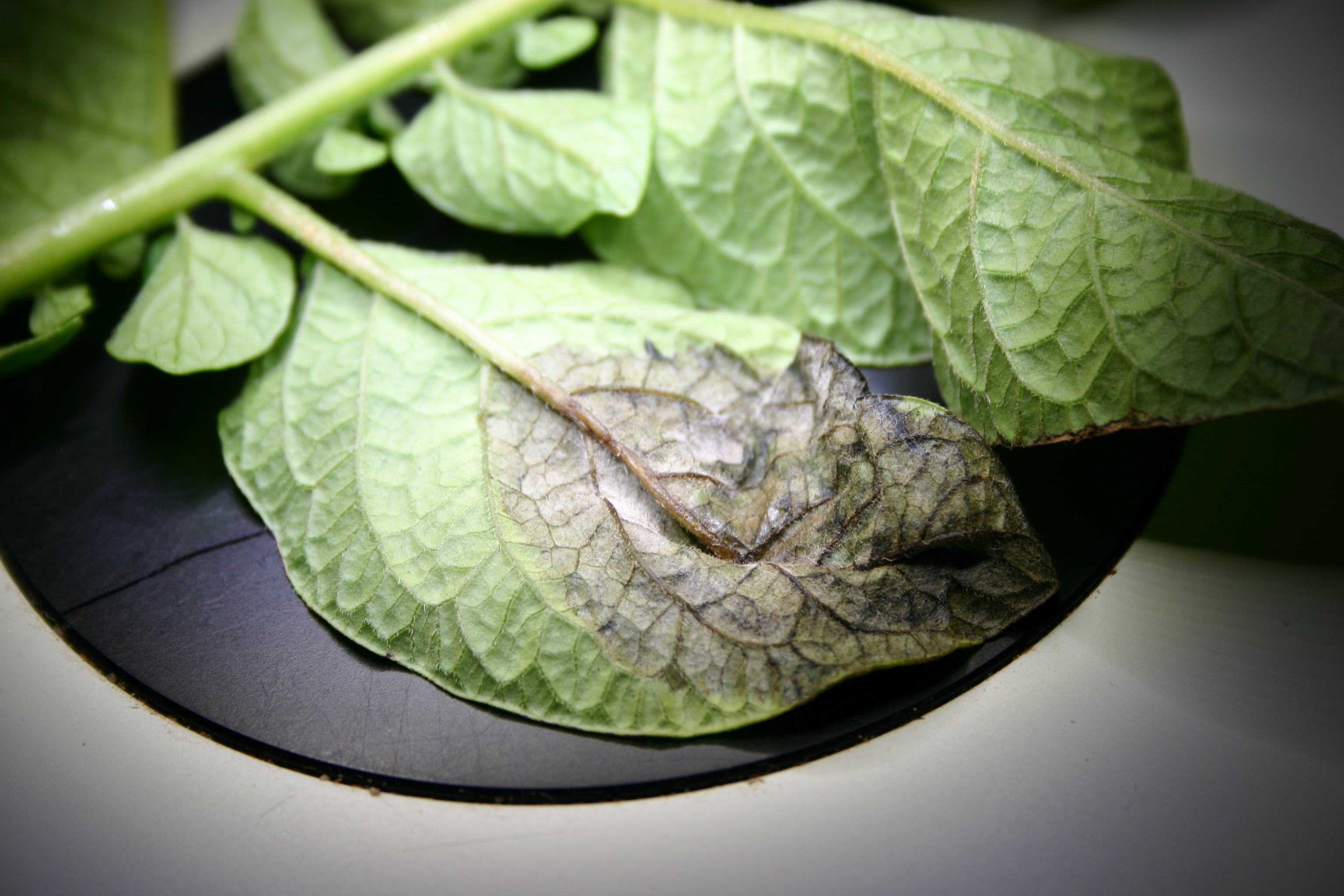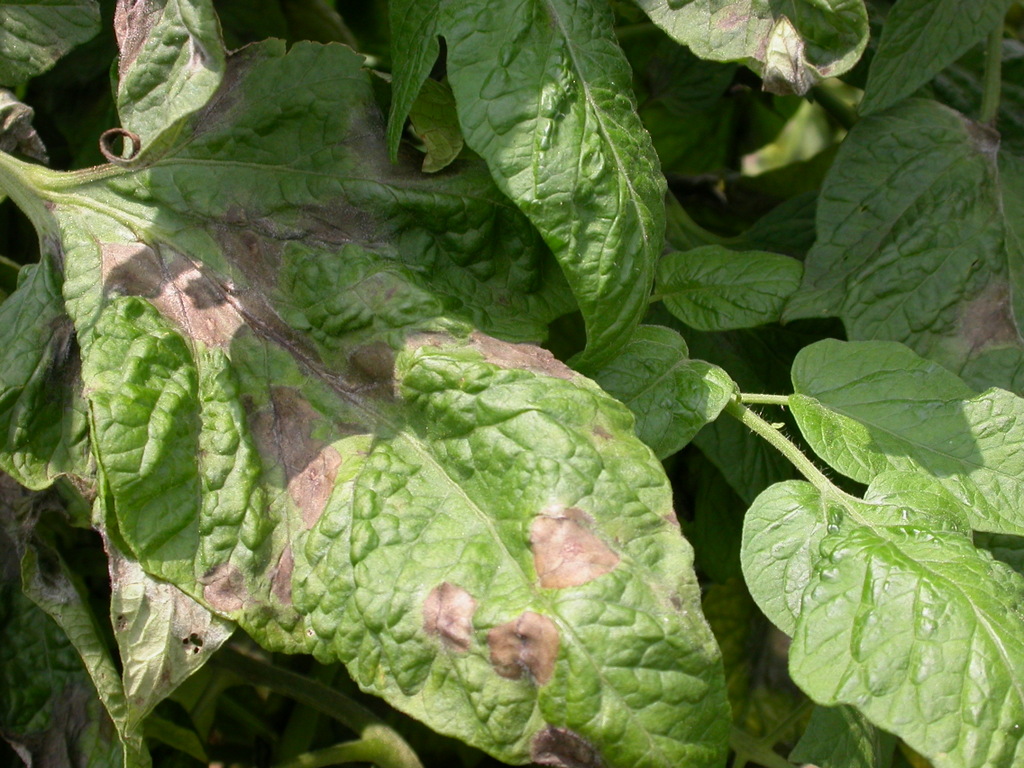

But the cool, wet weather in June and the aggressively infectious nature of the pathogen have combined to produce what Martin A. The spores of the fungus, called late blight, are often present in the soil, and small outbreaks are not uncommon in August and September. Cooperative Extension prohibits discrimination and harassment regardless of age, color, disability, family and marital status, gender identity, national origin, political beliefs, race, religion, sex (including pregnancy), sexual orientation and veteran status.A highly contagious fungus that destroys tomato plants has quickly spread to nearly every state in the Northeast and the mid-Atlantic, and the weather over the next week may determine whether the outbreak abates or whether tomato crops are ruined, according to federal and state agriculture officials. Be sure to obtain current information about usage regulations and examine a current product label before applying any chemical. Individuals who use agricultural chemicals are responsible for ensuring that the intended use complies with current regulations and conforms to the product label. A&T State University nor discrimination against similar products or services not mentioned. The use of brand names and any mention or listing of commercial products or services in this publication does not imply endorsement by NC State University or N.C.

Recommendations for the use of agricultural chemicals are included in this publication as a convenience to the reader. After disease you can use: Revus Top + Bravo, or Presidio + Bravo, or Ridomil Gold Bravo every 5 days in rotation. Fungicide labels are legal documents, always read and follow fungicide labels.Įxample products for tomato late blight control: Active ingredientįor example, before disease you can use: Acrobat + Bravo, or Curzate + Bravo, or Gavel, every 7 days in rotation. For the latest fungicide recommendations for tomato late blight see the Southeastern US Vegetable Crop Handbook. Alternate products and tank mix with chlorothalonil to avoid generating fungicide-resistant strains. After disease is detected in your area, apply fungicides at 5-7 day intervals. View this brief video to help you diagnose late blight!ĭisease Control for Conventional Growers Skip to Disease Control for Conventional Growersīefore disease occurs, apply fungicides at 7-10 day intervals. Also, lesions caused by late blight tend to be light brown or tan in color while lesions caused by early blight tend to be dark brown in color with concentric rings. Lesions caused by late blight can be found anywhere on the plant, but are mostly found on the new growth whereas early blight typically starts on the lower leaves and slowly moves up the plant. Late blight can be differentiated from early blight on tomato and other foliar fungal diseases by where they occur on the plant. However, these two species are soilborne (as opposed to ariborne) and typically only cause disease after the plants have been flooeded or if the plant had been in contact with wet soil. capsici, can also cause lesions on tomato and tomato fruit similar to those caused by late blight. " Look alike" diseases: Other species of Phytophthora, specifically P. Rotted fruit are typically firm with greasy spots that eventually become leathery and chocolate brown in color ( Figure 4) these spots can enlarge to the point of encompassing the entire fruit. Late blight can also attack tomato fruit in all stages of development. As the disease progresses, lesions enlarge causing leaves to brown, shrivel and die. Spots are visible on both sides of the leaves.

During high humidity, white cottony growth may be visible on underside of the leaf ( Figure 2), where sporangia form ( Figure 3 and Figure 5).

The first symptoms of late blight on tomato leaves are irregularly shaped, water-soaked lesions, often with a lighter halo or ring around them ( Figure 1) these lesions are typically found on the younger, more succulent leaves in the top portion of the plant canopy.


 0 kommentar(er)
0 kommentar(er)
